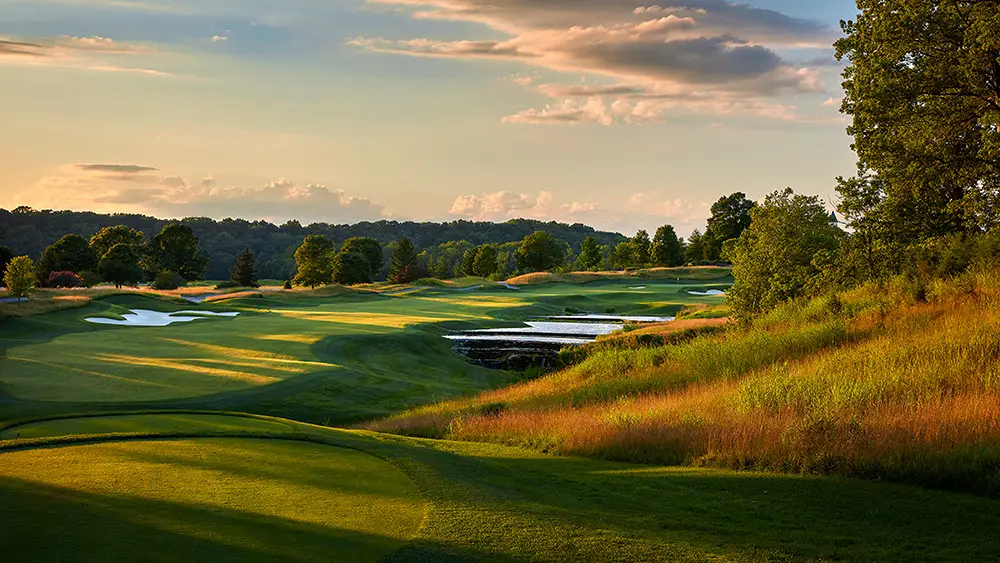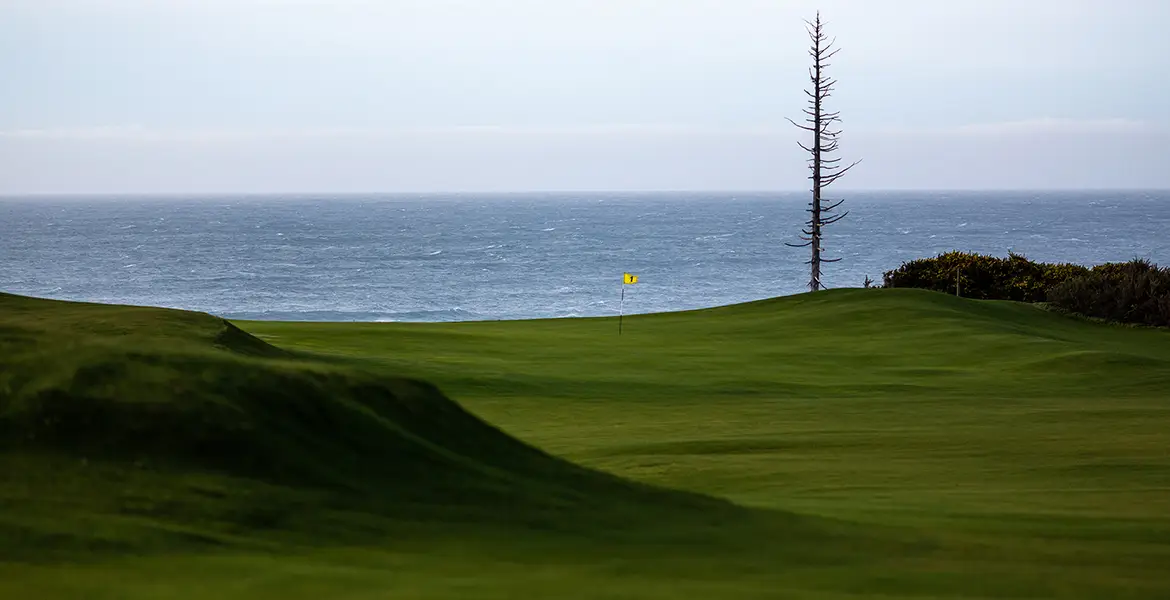Jack Nicklaus knows a thing or two about major championship golf. No one has won more majors than the Golden Bear (18). And during his storied career, he played every major championship course you can name. He’s also designed more courses than you can shake a mashie niblick at, including many that have hosted PGA Tour and other championship events—famed courses like Muirfield Village, site of the annual Memorial Tournament; Glen Abbey outside Toronto; Alabama’s Shoal Creek; and others.
This year, the attention of the golf world turns to the Nicklaus-designed course at Valhalla Golf Club in Louisville, Ky., where the world’s best players will compete in the 2024 PGA Championship. Valhalla has hosted major events before. The 1996 PGA, won by Mark Brooks in a playoff over Kentucky native Kenny Perry. The 2000 PGA, won in dramatic fashion by Tiger Woods in another playoff over Bob May. The 2014 PGA, where Rory McIlroy edged out Phil Mickelson for the Wannamaker Trophy. And the 2008 Ryder Cup Matches, where the U.S. team bested its European rivals by 16.5–11.5.
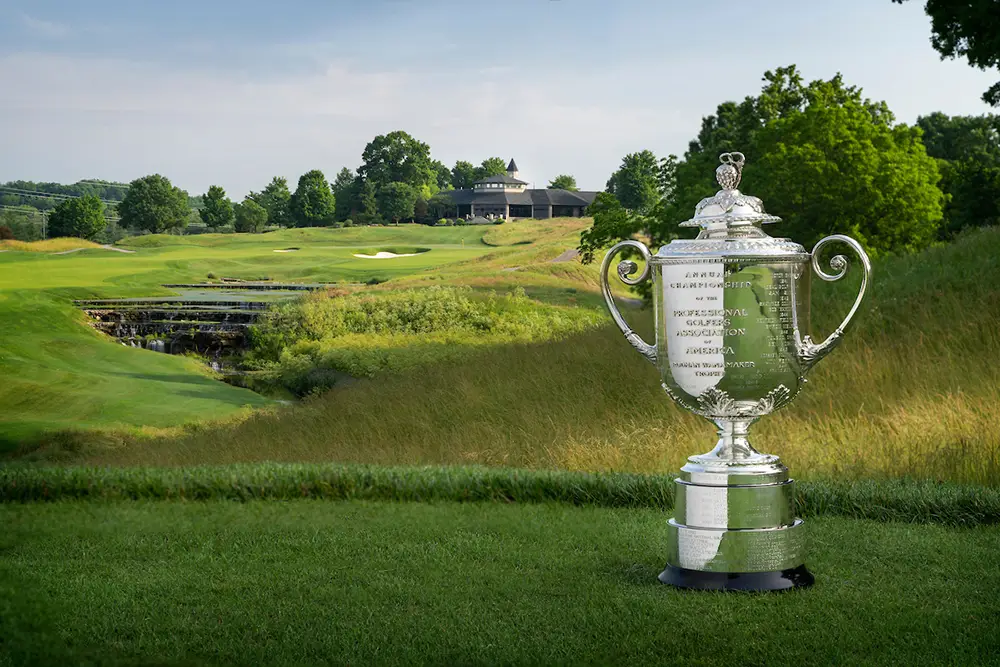
What does Nicklaus expect to happen at Valhalla this year? Does he think the lengthier course that awaits players today will drive scores higher? And what about that new zoysia grass? Read on for the Golden Bear’s thoughts.
What are the biggest differences between the Valhalla course you created in the late 1980s and the one that players will face in this year’s PGA Championship?
Jack Nicklaus: Very little, I think. I don’t know what adjustments they have made recently. But, outside of lengthening a few holes, beautifying a few areas that aren’t part of the strategy of the golf course, and replacing the bentgrass and poa fairways with Zoysia, I think the golf course is essentially the same.
In 1996, 2000, and 2014, the PGA Championship at Valhalla was played in August. This year, it’s in May. How might the course play differently as a result?
JN: It depends. In August, generally speaking, there are a lot of thunderstorms in the afternoon and so the golf course gets a lot of rain, and it can be fairly soft. I think the golf course will play better and much firmer in May than does it in August, unless it gets a lot of rain. The Zoysia fairways, combined with all the subsurface drainage that’s been added, should keep the fairways firmer than what golfers may have seen in the past.
If you were asked to design a new course for today’s players on the same site where you created Valhalla, how might it be different from the course that’s there now?
JN: I don’t know about major design changes, but I would do it a bit differently—just as I would with any of my designs. I have been designing for over 55 years, so it’s only natural that my design approach has evolved over the years. I feel I’m a better architect or designer today than I was back then. In addition, golf course construction has evolved greatly in the last 40 years to where we know how to build better golf courses that help ensure more consistent agronomic and playability conditions.
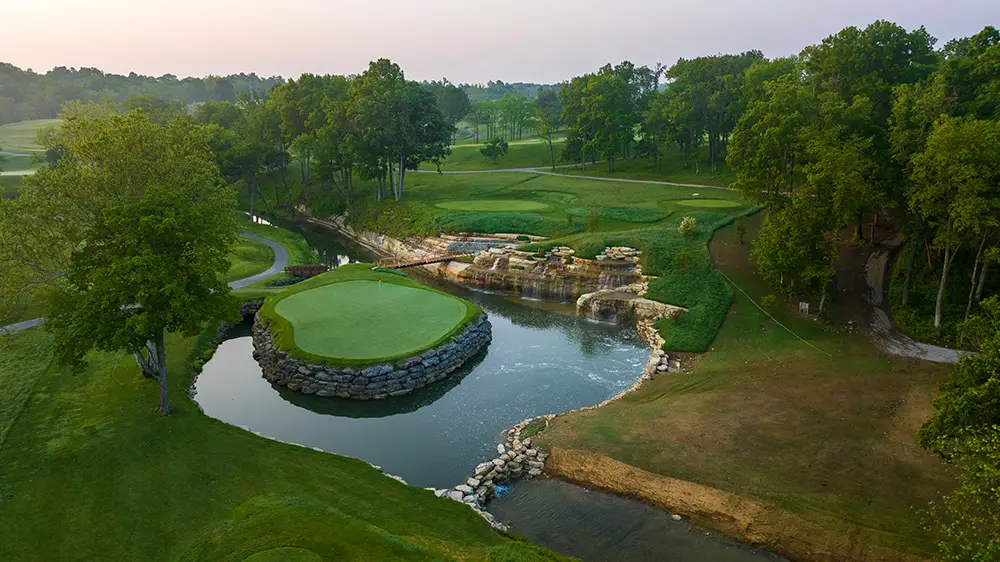
The course is expected play around 400 yards longer for the 2024 PGA than it did in 2000—around 7,500-plus yards. At that length, is it effectively playing as long as it did in that first PGA, or is it just keeping pace with the distances that today’s players can hit a golf ball?
JN: Well, the golf ball just goes farther. I don’t know if the players of today hit it farther, but technology certainly has allowed distance to increase. The players of today hit it the same distance they hit it before, with the same basic clubhead speeds, but the ball just goes farther because the ball is meant to go farther. The golf course should play essentially the same. Actually, it might even play shorter than 7,500 yards, because the golf ball is traveling a longer distance.
Even at 7,500 yards, Valhalla will play several hundred yards shorter than many other courses that today’s professionals compete on, such as the Ocean Course at Kiawah Island, where the layout was stretched to almost 7,900 yards. What are Valhalla’s best defenses against today’s bombers of the ball?
JN: There are quite a few holes on the golf course—and I do this quite often—where I try to restrict how or where the bombers can hit it. On some holes, they will be able to go ahead and hit it, but there are other holes where I try to restrict them and force them to use other clubs off the tee. If you look at holes like numbers 4, 6, 12, and 13, they have fairways that end, which limits how far the golfer can hit the ball before running out of fairway. Naturally, fairway bunkering, creeks, and lakes on the golf course challenge the accuracy of the golfer off the tee, and impact how far they want to hit it.
The par-three 14th hole can now play as long as 250 yards. Knowing this, would you want to modify the green you designed for that hole—or any of the course’s other now-longer holes?
JN: No, I would just move the tee back up to where I designed it.
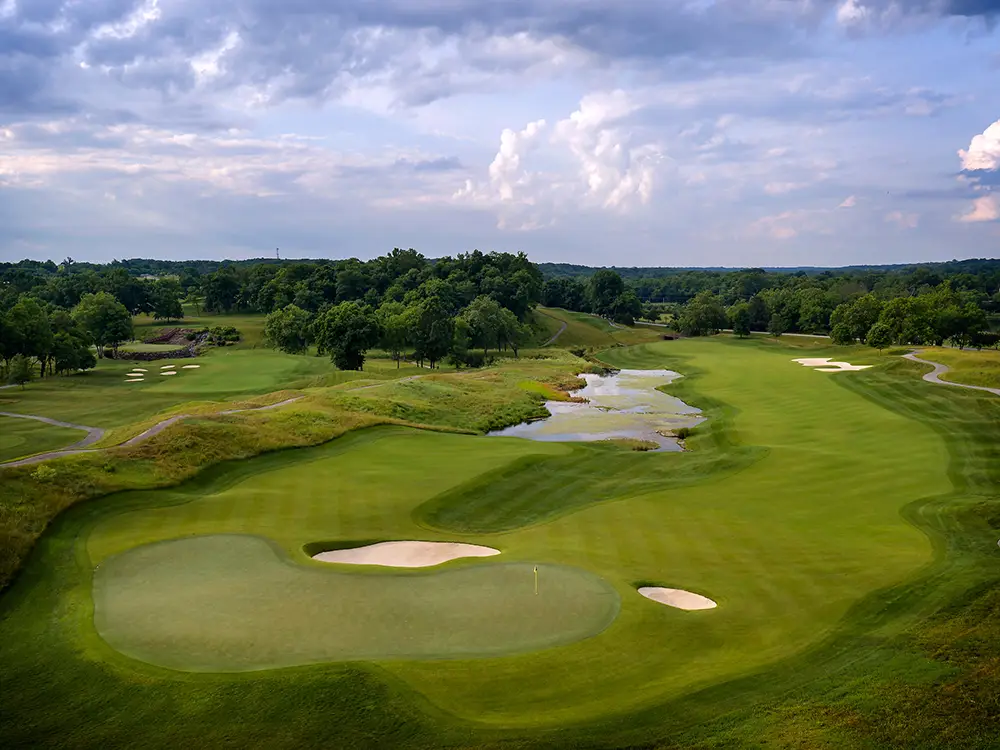
Where is the biggest trouble for players on today’s course—are there specific places that you would play conservatively?
JN: Well, I personally haven’t played there since 2000, so I’m not sure what they have adjusted or changed since then. Outside of moving some tees back, there have not been any significant changes to the features of the golf course. As for trouble or areas that influence a player’s mindset, it depends on how the course is playing. If the course plays fast or the course plays slow, that can determine how they play. The players will figure that out.
One thing I am proud of at Valhalla and what makes it an interesting test of golf, especially for major championship play, is that there is so much variety in the golf holes. There are several risk/reward holes that present the golfer a lot of options. But there are also many golf holes that are very straightforward and simply ask the golfer to execute a certain shot.
A waterfall feature with exposed limestone has been created behind the 13th green—do you think this will change the way players think about their approach shots on that hole?
JN: No, I don’t think so. It was an improvement to the aesthetics of the hole, but it should not affect how they play the hole.
Do you expect the change to the Zeon Zoysia grass in the fairways to affect the scoring or play at the PGA?
JN: It really depends on what’s underneath it and what the weather is. If it is dry, it could be faster. A lot of drainage was added underneath the Zoysia, so it should play faster in wetter conditions than it has in the past.
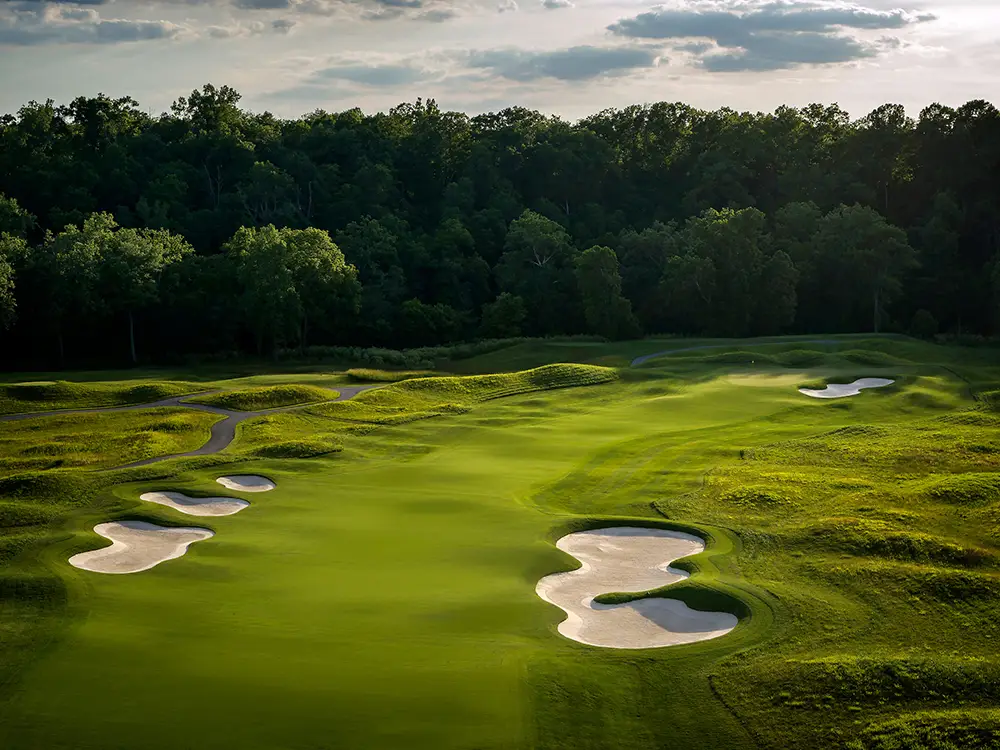
Does today’s Valhalla course favor a certain player—or a certain kind of player?
JN: A good one. But seriously, finding the balance between when to be patient and when to attack could be a key.
What do you expect the winning score to be?
JN: I don’t know. I guess in 2014, Rory McIlroy shot 16-under and edged Phil Mickelson by a shot. I could see this year’s field going one or two shots lower than the last time they played there, just because of the longer distances the players of today can hit it.
Your last PGA Championship round came at Valhalla, where you were playing with Tiger Woods and came within inches of holing out for eagle on the last hole to make the cut at age 60. Many people viewed that week as a “passing of the torch.” Did you view it that way? What are your best memories from that week?
JN: In all honesty, I don’t have too many fond memories of that week, mainly because that was the week my mother passed away. She died on the eve of the Championship, and it was a tough decision for me on whether I would play. But I know she would have wanted me to play, so I did. I also figured out that week, after playing two rounds with Tiger, that it was time for me not to worry about passing the torch, as the torch had already been passed.
